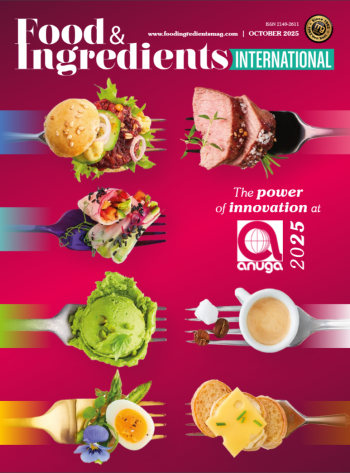The 2023 harvest outcome slightly decreased as compared to 2022 with a total of just above 150 million hl (Mhl) and a decline of -5.5% as compared to the 5-year average. Due to the consequences of climate change, namely a dry winter, hailstorms, floods, and a rainy spring season, a sharp drop in production was also noted in other European producing countries such as Austria (-6%), Greece (-23%), Croatia (-31%) and Slovakia (-20%) compared to 2022.
 Reflecting on the estimated production levels and market harvest, Copa and Cogeca’s Wine Working Party Chairman Luca Rigotti commented, “For several years now, the sector has been confronted with major challenges, not least the consequences of the Covid pandemic, climatic events, and the sharp increase in production costs, to which, I must add, a significant increase in interest rates. Nonetheless, European growers continue to perform and showcase their resilience.”
Reflecting on the estimated production levels and market harvest, Copa and Cogeca’s Wine Working Party Chairman Luca Rigotti commented, “For several years now, the sector has been confronted with major challenges, not least the consequences of the Covid pandemic, climatic events, and the sharp increase in production costs, to which, I must add, a significant increase in interest rates. Nonetheless, European growers continue to perform and showcase their resilience.”
In 2023, France became the first European producer of wine with an estimated production of 45 Mhl, meaning an increase of 1.47% compared to the previous year. France was nonetheless hit by downy mildew and droughts mostly in the South but was able to stay above water due to crisis measures put in place such as distillation aid and green harvesting.
In Portugal, an increase of 8.6% was noted with a harvest production of just under 10 Mhl which was due to distillation measures being put in place, most notably the increase was due to 2022’s harvest having decreased by 8% which evened out the total going forward.
For the first time in seven years, Italy lost its lead as wine producer with an estimated production of 43.9 Mhl, which represented a loss of 11.92% compared to last year. Heavy rains in spring that turned into floods in the region of Emilia Romagna and heavy episodes of downy mildew, notably in the Centre and South of the country’s vineyards explain this important drop.
With an estimated production of 30.8 Mhl, Spain remained the third biggest European producer despite the decrease in production compared to last year (-14.42%). The harsh weather conditions, with a dry Autumn, Winter and Spring, and heavy rains in the later part of Spring, heat waves during Summer and hail, the Spanish vineyards suffered badly in terms of production. However, due to the low humidity, vines were relatively healthy and provided high quality grapes.
In Germany, the estimated production stood at 8.86 Mhl which meant a loss of 2.1% in wine production due to inflation and high production costs throughout the supply chain. On the other hand, no significant decreases incurred due to weather conditions, which remained fairly stable.



















